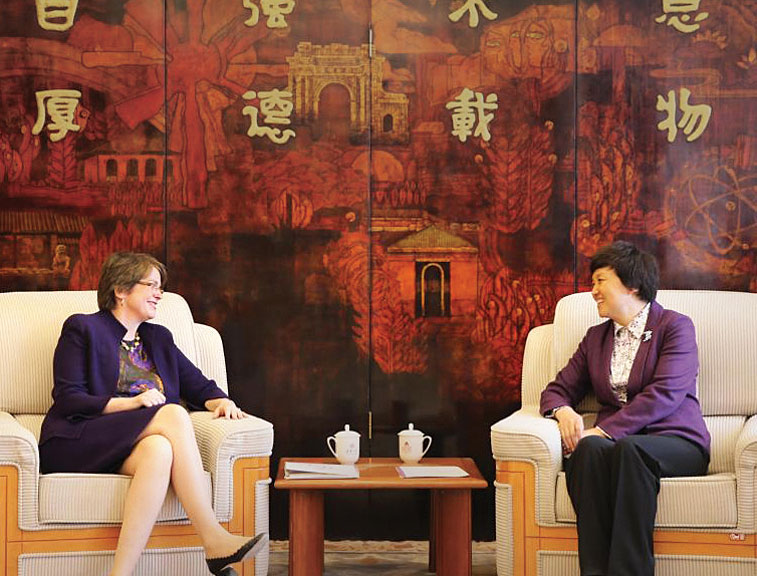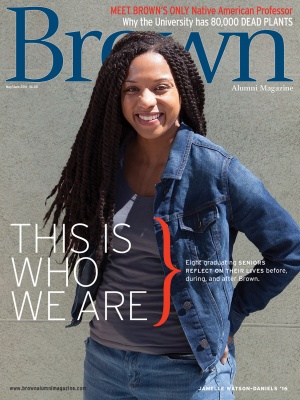We are reminded daily that these are global times, that global forces touch every facet of our lives. In higher ed, the conventional wisdom is that, if universities do not incorporate “global engagement” into their plans, they are behind the curve.

At the same time, global engagement is something of a buzzword; it sounds appealing but lacks clarity. What does global engagement really mean for universities?
It means different things to different universities. For some, it means building bricks-and-mortar centers around the world. For others, it means robust semester abroad programs, faculty exchanges, or research partnerships.
However universities define global engagement, there are two reasons that connection to the world is a necessity. First, today’s planetary-level problems, such as climate change, human displacement, and environmental health and the spread of disease, require knowledge production that is multidisciplinary and a perspective that is global.
Second, since talent is distributed across the globe, casting a wide net in recruiting students enriches universities, because these students will shape an environment that produces culturally competent, versatile, and collaborative graduates from all countries.
So, what specifically does global engagement mean for Brown? I reflected on this during my recent trip to China, where several peer universities have opened free-standing centers. At events for the Brown community in Beijing and Shanghai, I explained to alumni and parents that Brown’s approach does not feature bricks-and-mortar.
I described how, at Brown, global engagement is embedded in everything we do. Building on Distinction frames areas of integrative scholarship that are tied to the complex challenges we face in a connected world. And for each of these areas, we identify pivotal places to develop research and education collaborations that could, potentially, yield groundbreaking outcomes.
In Sub-Saharan Africa, for example, Brown’s engagements in medicine and public health examine the causes of disease and open new pathways for diagnosis, treatment, and prevention. Our participation in the AMPATH consortium has forged deep ties under the Global Health Initiative among researchers, clinicians, and medical students at Brown and at Moi University in Kenya.
This engagement has been transformative in training medical practitioners in Kenya and enabling Brown medical students and residents to practice in an intercultural setting. More than that, it has also produced such notable public health outcomes as screening more than 50,000 women through the Cervical Cancer Screening and Treatment Program.
Newer engagements in Ghana and South Africa under Brown’s International Health Institute are aimed directly at our strategic focus of Deciphering Disease and Improving Population Health.In Brazil, Brown’s engagements highlight conservation and climate change issues. The Institute at Brown for Environment and Society (IBES) supports research on reconciling forest restoration with economic livelihood in the Mata Atlantica biome.
In China, I was interested in identifying areas where Brown might build new connections. It was entrepreneurship that caught my attention.
While there, I met with the Tsinghua Entrepreneur and Executive Club, a group of dynamic entrepreneurs such as Wu Ping, the founder of Spreadtrum and cofounder of Summitview Capital, who is working to shape the Chinese semiconductor market. This meeting, as well as discussions with Wei Yang ’85 PhD, ’12 ScD, the director of China’s National Natural Science Foundation, opened the door to possible research collaboration on entrepreneurship, perhaps in renewable energy and other areas.
And so I returned from China confident in our approach. We will continue to cultivate international research and education partnerships that advance knowledge directed at intractable global challenges while broadcasting Brown’s distinctive commitment to open inquiry in the liberal arts and sciences.





